-
Chandrakant 'CK' Isi
16th Aug 2016
While we often complain about promotional calls, unwanted social media posts and silly WhatsApp forwards, a few generations back, folks had some real problems. Sending a word out was a daunting task, which was largely dependent on runners and scanty networks of post offices. Things started becoming efficient as India got its first electric telegraph (Taar) line between Calcutta and Diamond Harbour in 1850. Soon, the network expanded into other cities such as Peshawar, Agra, Bombay, Madras, and Bangalore. By 1854, the service was opened to the lesser mortals.
Telegraph got the first glimpse of its rival when in 1881, Oriental Telephone Company Limited of England gained approval to open telephone exchanges at Calcutta, Bombay, Madras and Ahmedabad. Within a year, telephone service went live with around 93 subscribers. While the British effectively used telephone and telegraph to control India, it remained out of the grasp of most civilians.
Then in 1947, India got its Independence. But, the development in the telecom sector lingered mostly due to the monopoly of incompetent government owned entities. Finally, with globalization knocking on the door, telephone network expansion gained some momentum in the 1980s. Within a decade, landline phones became a common sight.
However, to get freedom from the wires though, India had to wait till 1995. The first cellular call in India was made on Modi Telstra mobile network backed by Nokia's infrastructure.
As our country's economy opened up, global mobile brands and network operators saw the great potential in country's mobile growth.
Here are a few conic mobile phones that gave Indians the freedom from state-owned landlines and rapidly changed the way we communicated.
Nokia 5110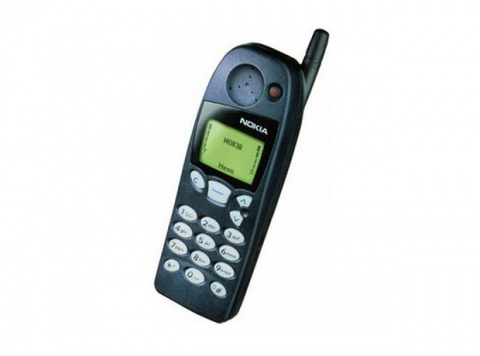 As a kid, I remember seeing businessmen carrying the Nokia 5110. With a tiny antenna, it looked more like a cordless phone than a mobile. However, back in 90s, the phone's monochrome LCD screen looked futuristic. Built like a tank, this handset could withstand a lot of hardship. For travelling professionals, it was something they could always rely on. And for a kid like me (those days), it was another way to play Snake.Motorola StarTAC
As a kid, I remember seeing businessmen carrying the Nokia 5110. With a tiny antenna, it looked more like a cordless phone than a mobile. However, back in 90s, the phone's monochrome LCD screen looked futuristic. Built like a tank, this handset could withstand a lot of hardship. For travelling professionals, it was something they could always rely on. And for a kid like me (those days), it was another way to play Snake.Motorola StarTAC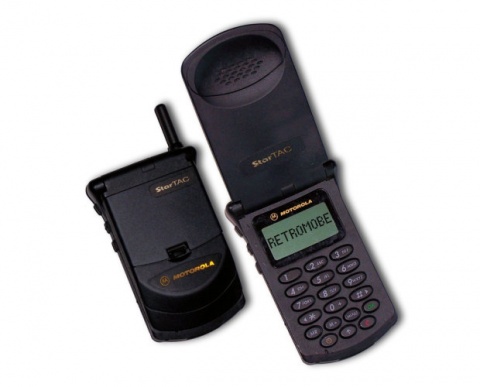 While the 5110 was all about utility, the Motorola StarTAC stayed true to the word ‘mobile’. With its fancy clamshell design, the handset saved people from tugging around with bulky phones. Tipping the scales at 115 grams, it was the lightest phone of its time. Apart from the irresistible design, it was one of the first phones to feature an LED indicator.Nokia 9000 Communicator
While the 5110 was all about utility, the Motorola StarTAC stayed true to the word ‘mobile’. With its fancy clamshell design, the handset saved people from tugging around with bulky phones. Tipping the scales at 115 grams, it was the lightest phone of its time. Apart from the irresistible design, it was one of the first phones to feature an LED indicator.Nokia 9000 Communicator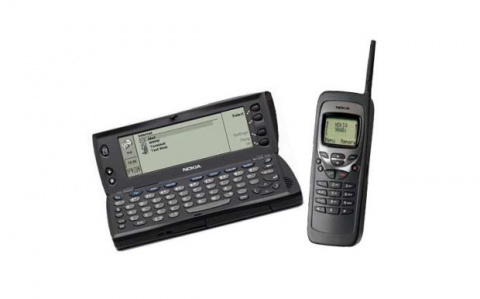 While most people in India were getting used to feature phones, Nokia introduced its first business phone, the 9000 Communicator. Based on GEOS operating system, this handset enabled Indian bosses send stinkers on the go. For those interested in specs, it had an Intel 24 MHz processor and 8 MB of storage.Nokia 3310
While most people in India were getting used to feature phones, Nokia introduced its first business phone, the 9000 Communicator. Based on GEOS operating system, this handset enabled Indian bosses send stinkers on the go. For those interested in specs, it had an Intel 24 MHz processor and 8 MB of storage.Nokia 3310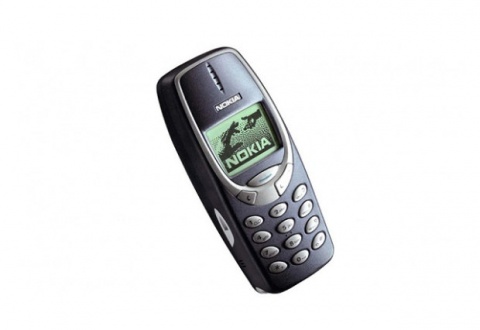 Launched in early 2000, the Nokia 3310 was the most popular handset of its time. Thanks to its relatively affordable pricing and straightforward interface, every college kid either had it or wanted one. With its rock-solid sturdiness, the phone was perfect from Indian conditions.Reliance CDMA Handsets
Launched in early 2000, the Nokia 3310 was the most popular handset of its time. Thanks to its relatively affordable pricing and straightforward interface, every college kid either had it or wanted one. With its rock-solid sturdiness, the phone was perfect from Indian conditions.Reliance CDMA Handsets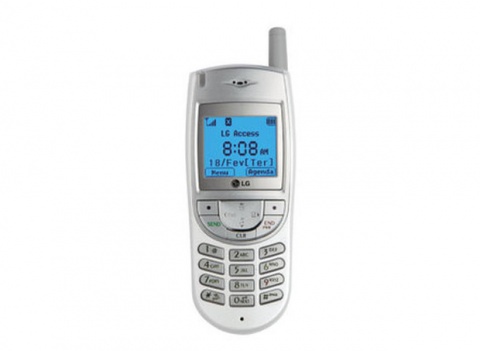 Mukesh Ambani's Reliance launched CDMA mobiles for the masses. Although there were hidden changes, it enabled the not-so-privileged get connected for a starting price of Re 1. The company did not charge for the bundled LG handsets upfront, and also brought down the tariffs significantly. Laugh all you want on its "Karlo Duniya Muttymey" tagline, but Reliance disrupted the Indian telecom industry like none other.Nokia 6600
Mukesh Ambani's Reliance launched CDMA mobiles for the masses. Although there were hidden changes, it enabled the not-so-privileged get connected for a starting price of Re 1. The company did not charge for the bundled LG handsets upfront, and also brought down the tariffs significantly. Laugh all you want on its "Karlo Duniya Muttymey" tagline, but Reliance disrupted the Indian telecom industry like none other.Nokia 6600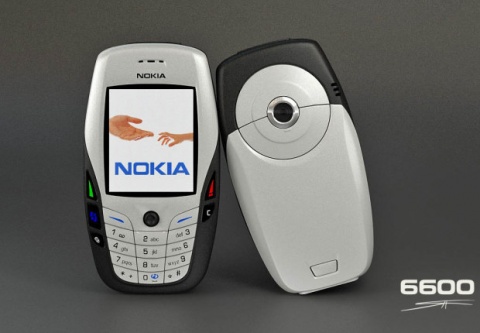 In 2003, Nokia introduced the 6600 smartphone. This handset had all the features of the Communicator series, packed in a more streamlined designed. Seen as the Swiss Army knife of mobiles, the handset had a VGA camera, camcorder feature, media player, Bluetooth and expandable storage. A hip college kid in India no more needed to carry multiple devices such as a camera, MP3 player, and GameBoy.Samsung Galaxy S
In 2003, Nokia introduced the 6600 smartphone. This handset had all the features of the Communicator series, packed in a more streamlined designed. Seen as the Swiss Army knife of mobiles, the handset had a VGA camera, camcorder feature, media player, Bluetooth and expandable storage. A hip college kid in India no more needed to carry multiple devices such as a camera, MP3 player, and GameBoy.Samsung Galaxy S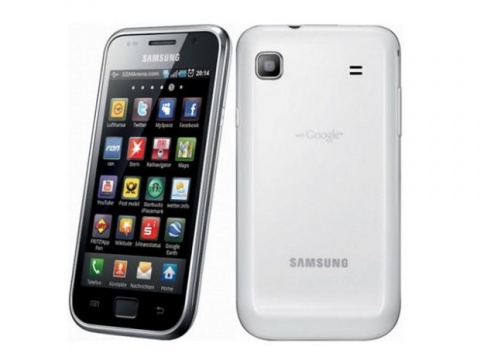 The iPhone launch in 2007 shook the mobile industry. However, initially Apple did not give importance to the Indian market. iPhones were generally either too expensive or too late to hit the stores in our country. By 2010, Samsung gave Indians a worthy alternative, the Android-based Galaxy S. The phone had almost all the features of the iPhone and was more open compared to Apple's walled-garden. Little wonder then, it became a smash hit in India in no time.Micromax
The iPhone launch in 2007 shook the mobile industry. However, initially Apple did not give importance to the Indian market. iPhones were generally either too expensive or too late to hit the stores in our country. By 2010, Samsung gave Indians a worthy alternative, the Android-based Galaxy S. The phone had almost all the features of the iPhone and was more open compared to Apple's walled-garden. Little wonder then, it became a smash hit in India in no time.Micromax After the initial success with its feature phones, the domestic brand Micromax entered the smartphone space in 2010. Its first handset Andro A60 brought the smartphones within the reach of the Indian middle-class. Later, its Canvas series was seen as an affordable replacement to Samsung's Galaxy line-up. Micromax's success paved the way for price wars in the Indian smartphone market, in which the ultimate winner turned out to be a consumer.
After the initial success with its feature phones, the domestic brand Micromax entered the smartphone space in 2010. Its first handset Andro A60 brought the smartphones within the reach of the Indian middle-class. Later, its Canvas series was seen as an affordable replacement to Samsung's Galaxy line-up. Micromax's success paved the way for price wars in the Indian smartphone market, in which the ultimate winner turned out to be a consumer.Read our Independence Day Specials:
Mobile Phones, Micromax, Samsung, Independence Day, Freedom, Reliance
Iconic Mobiles That Gave Indians Freedom | TechTree.com
Iconic Mobiles That Gave Indians Freedom
There was a time when state owned Telcos held users to ransom. Mobiles rendered them redundant and some of these models redefined mobile telephony.
News Corner
- DRIFE Begins Operations in Namma Bengaluru
- Sevenaire launches ‘NEPTUNE’ – 24W Portable Speaker with RGB LED Lights
- Inbase launches ‘Urban Q1 Pro’ TWS Earbuds with Smart Touch control in India
- Airtel announces Rs 6000 cashback on purchase of smartphones from leading brands
- 78% of Indians are saving to spend during the festive season and 72% will splurge on gadgets & electronics
- 5 Tips For Buying A TV This Festive Season
- Facebook launches its largest creator education program in India
- 5 educational tech toys for young and aspiring engineers
- Mid-range smartphones emerge as customer favourites this festive season, reveals Amazon survey
- COLORFUL Launches Onebot M24A1 AIO PC for Professionals







TECHTREE